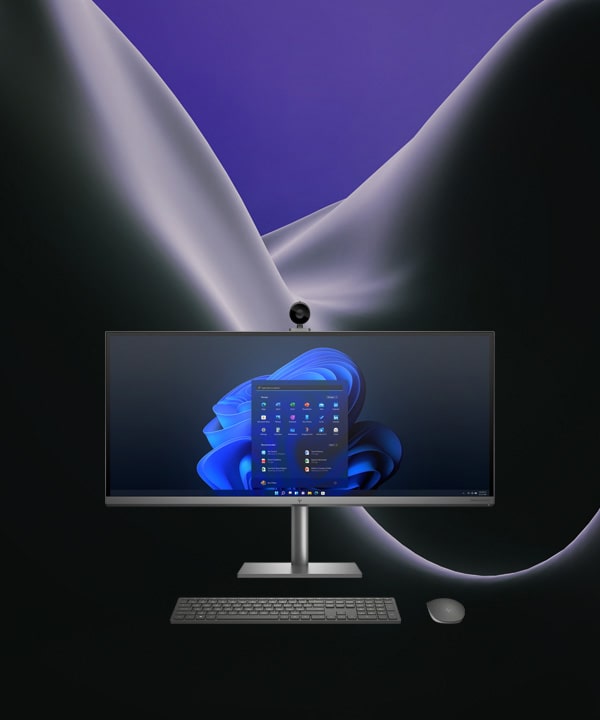Which Operating System Gives You More Features: Windows 10 or Windows 11

As technology continues to evolve, operating systems play a crucial role in determining the overall user experience on a computer. Microsoft, being one of the pioneers in the industry, has developed and released various versions of its operating systems over the years. Windows 10, released in 2015, was widely embraced by users worldwide. Recently, Microsoft unveiled Windows 11, promising a more advanced and improved user experience. This article aims to compare both operating systems in terms of features, performance, and user-friendliness.
Overview of Windows 10
Windows 10 was a game-changer when it was first introduced. It brought together the best features of previous Windows versions and introduced new functionalities that made it popular among users.
Key Features of Windows 10
Some of the key features that set Windows 10 apart include:
- Cortana: The digital assistant that allows users to interact with their devices using voice commands.
- Microsoft Edge: A fast and secure web browser.
- Virtual Desktops: The ability to create multiple desktops for better organization and productivity.
- Start Menu: A revamped start menu that combines the traditional look with live tiles for frequently used apps.
User Interface and Usability
Windows 10 offered a familiar user interface for long-time Windows users, which eased the transition from older versions. Its user-friendly design made it accessible to a wide range of users, regardless of their technical expertise.
Performance and Stability
With regular updates and improvements, Windows 10 became a stable and efficient operating system over time. Microsoft’s focus on security and bug fixes contributed to a more reliable user experience.
Introducing Windows 11
Windows 11 was introduced as a successor to Windows 10, promising significant improvements and a modernized interface.
Major Changes and Improvements
Windows 11 brought about several major changes, including:
- Redesigned Start Menu: The new Start Menu is centered and streamlined, offering a cleaner look.
- Snap Layouts and Snap Groups: Enhanced window management for multitasking.
- Microsoft Teams Integration: Integrated communication and collaboration platform for seamless connectivity.
- Direct Integration with Microsoft Store: A better-integrated store experience.
Redesigned User Interface
Windows 11 features a more visually appealing interface, with rounded corners and updated icons. The overall design aims to provide a more pleasant and cohesive user experience.
Enhanced Gaming Experience
For gamers, Windows 11 brings several improvements, including DirectX 12 Ultimate support, Auto HDR, and DirectStorage, enhancing graphics and reducing load times.
Comparison Between Windows 10 and Windows 11
Let’s delve into a detailed comparison of both operating systems:
System Requirements
Windows 10 had relatively modest system requirements, making it accessible to a wide range of devices. However, Windows 11 introduced more stringent hardware requirements to ensure optimal performance and security.
User Experience
While Windows 10 offered a familiar and user-friendly experience, Windows 11 took it a step further with its redesigned interface and improved multitasking features, providing a more intuitive and engaging user experience.
Productivity Features
Windows 10 already had strong productivity features with virtual desktops and the action center. Windows 11 built upon these features, introducing Snap Layouts, Snap Groups, and a more integrated Microsoft Store, making it easier for users to be productive.
Gaming Capabilities
Windows 10 was already a popular choice among gamers, and Windows 11 took gaming to the next level with its enhanced gaming features, DirectX 12 Ultimate support, Auto HDR, and DirectStorage. Gamers can expect a more immersive and seamless gaming experience with Windows 11.
Pros and Cons of Windows 10
Advantages of Operating System Windows 10
- The familiar user interface for long-time Windows users.
- Extensive software and hardware compatibility.
- Regular updates and security improvements.
Disadvantages of Windows 10
- Some older devices might not meet the system requirements.
- Updates can sometimes lead to temporary performance issues.
- The Start Menu design with live tiles might not be to everyone’s liking.
Pros and Cons of Operating System Windows 11
Advantages of Windows 11
- Modern and visually appealing user interface.
- Enhanced multitasking features with Snap Layouts and Snap Groups.
- Improved gaming capabilities for a better gaming experience.
Disadvantages of Windows 11
- Strict system requirements might exclude some older devices.
- Early bugs and compatibility issues might arise as it’s a newer OS.
- Some users might need time to adapt to the redesigned Start Menu.
Which One Should You Choose?
The decision between Windows 10 and Windows 11 depends on various factors. If you have an older device that doesn’t meet the system requirements for Windows 11 or prefer a familiar user interface, Windows 10 might be the better choice. On the other hand, if you desire a more modern and visually appealing interface, improved multitasking, and enhanced gaming capabilities, Windows 11 could be the right fit for you.
Conclusion
Both Windows 10 and Windows 11 offer unique features and capabilities. Windows 10 has proven its reliability over the years and remains a solid choice for many users. On the other hand, Windows 11 presents a more refined and advanced experience, particularly for those who prioritize aesthetics and gaming performance. Before making a decision, consider your device’s compatibility and the features that matter most to you.
FAQs
- Can I upgrade from Windows 10 to Windows 11 for free? As of the article’s publication, Microsoft offered free upgrades to eligible Windows 10 devices. However, it’s best to check Microsoft’s official website for the latest information on upgrade policies.
- Will Windows 11 run on my old computer? Windows 11 has stricter system requirements compared to Windows 10. To check if your device is compatible, you can use the PC Health Check tool provided by Microsoft.
Is Windows 10 still supported after the release of Windows 11? Yes, Microsoft continued to










